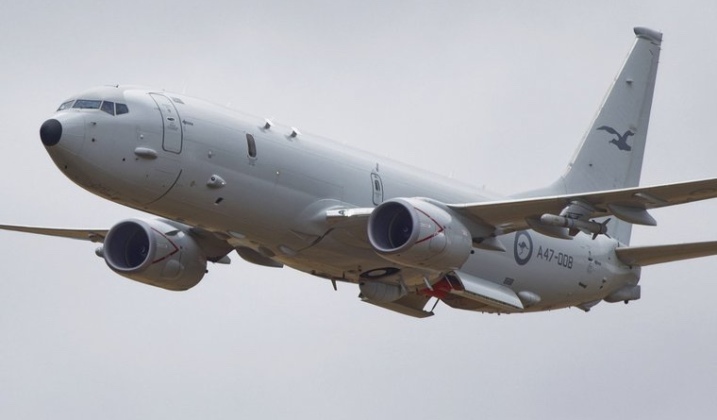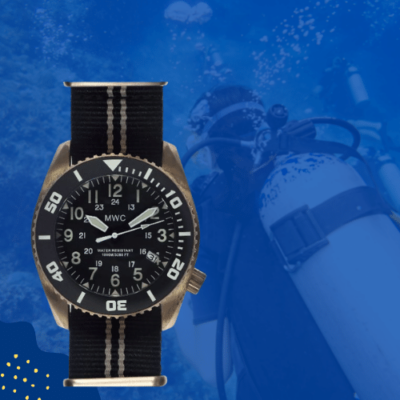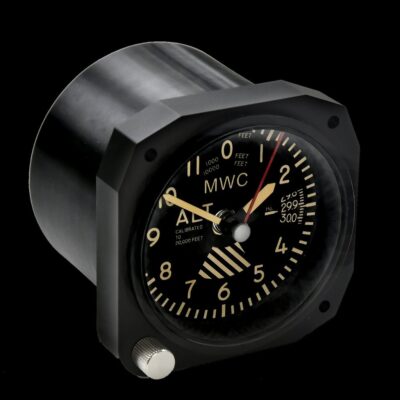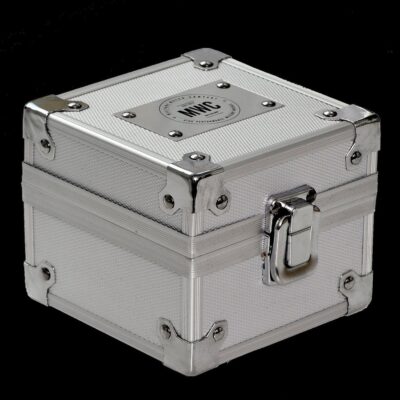News
China Unveils New Submarine Hunting Long Range Drone: Wing Loong X Has Revolutionary Capabilities
The Aviation Industry Corporation of China (AVIC) has unveiled the new Wing Loong X drone, which is the world’s first unmanned aircraft capable of detecting, tracking, and engaging submarines independently. The aircraft integrates sonobuoy dispensers, lightweight torpedoes, and integrated maritime surveillance sensors to facilitate this, with its development considered a response to the reported significant concentration of U.S. and allied attack submarines in the Western Pacific aimed specifically at challenging Chinese security interests.The Wing Loong X is currently China’s largest and heaviest armed reconnaissance and strike drone, and was designed for high-altitude long-endurance missions. Its ability to remain in the air for up to 40 hours provides it with a very considerable advantage over manned anti-submarine warfare aircraft such as the U.S. Navy Boeing P-8, which can remain airborne for only ten hours.

With a wingspan of over 20 meters, the Wing Loong X’s extended loitering capability allows it to operate over key maritime zones far longer than manned aircraft, providing uninterrupted surveillance far out to sea. The ability for operators on land to transition between shifts provides a major advantage over manned aircraft like the P-8 that rely on a single crew in the air with a limited endurance. The ability to deploy sonar buoys, conduct acoustic analysis, coordinate with other airborne or naval platforms in realtime, and deploy advanced anti-submarine torpedoes makes it particularly revolutionary for an unmanned aircraft. The unveiling of the Wing Loong X has occurred as China’s unmanned combat aviation industry has increasingly emerged as a world leader, with unmanned long range and intercontinental range stealth bomber programs both having reached flight testing stages, while in the late 2010s the world’s first hypersonic aircraft, the unmanned WZ-8, was brought into service.












